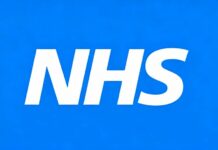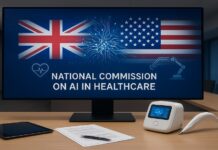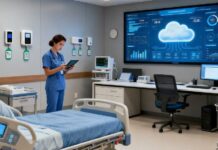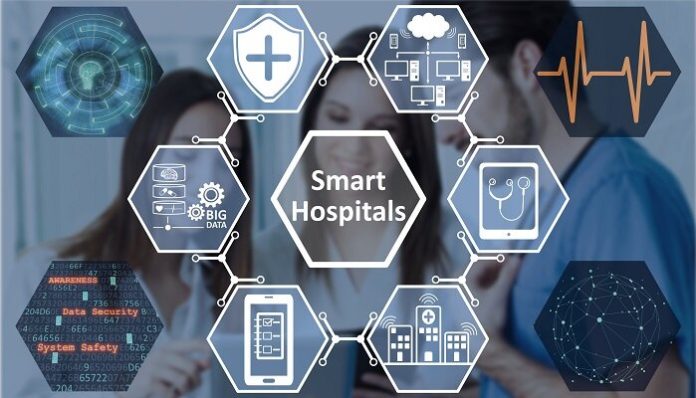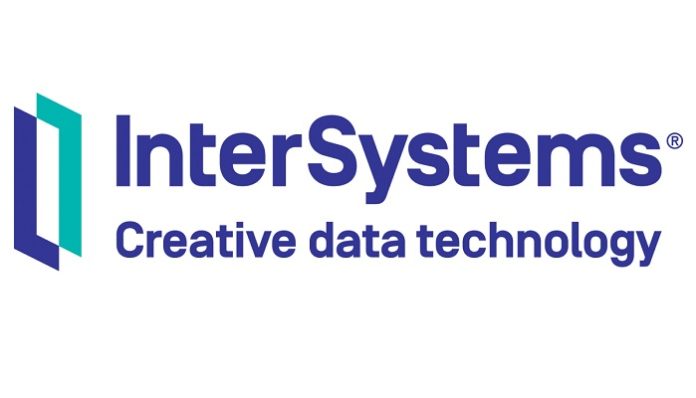Ever wondered about the latest breakthroughs in healthcare? You’re in the right place. We’re delving into the rivalry between Regenera Activa and PRP, two revolutionary treatments shaking up the world of regenerative medicine.
You’ll compare their efficacy, understand the science behind them, and hear real patient experiences. Let’s demystify these treatments, so you can make informed decisions about your health.
It’s your body, and you deserve to know all the options.
Understanding Regenera Activa
While you may not be familiar with Regenera Activa, it’s an innovative healthcare breakthrough that’s transforming the field of regenerative medicine. Originating from Spain, this treatment utilizes your body’s natural healing capabilities to combat hair loss. It’s a minimally invasive procedure that extracts healthy hair follicles from your scalp, processes them in a specialized device, and injects them into areas suffering from hair thinning or baldness.
Unlike traditional hair loss treatments that merely mitigate symptoms, Regenera Activa aims at the root cause. It’s designed to stimulate the regeneration of hair follicles, promoting natural hair growth. The results aren’t immediate, but you’ll start noticing a difference after several weeks, with full results visible within six to nine months.
Regenera Activa’s appeal lies in its simplicity and effectiveness. There’s no need for lengthy hospital stays or recovery periods. In fact, you can resume your daily activities almost immediately after the procedure. It’s a one-time treatment, which means you won’t be burdened with regular follow-ups or medication.
The Power of PRP
You might be wondering, what’s PRP and how can it rival Regenera Activa in the realm of hair loss treatments?
PRP, or Platelet-Rich Plasma, is a non-surgical treatment where a patient’s own blood is used to stimulate hair growth. It’s gained traction due to its effectiveness and minimal side effects.
Here’s what makes PRP a strong contender:
- Effectiveness: Studies have shown that PRP treatments can increase hair count, hair thickness, and the growth phase of the hair cycle.
- Safety: As it uses the patient’s own blood, there’s a reduced risk of allergic reactions or infections.
- Speed: PRP procedures are quick, usually taking about 60 to 90 minutes, and require minimal recovery time.
- Versatility: PRP isn’t just for hair loss. It’s also been used successfully in treating injuries and promoting skin rejuvenation.
Despite these benefits, it’s worth noting that PRP treatments aren’t a one-size-fits-all solution. Results can vary greatly from person to person. But, it’s clear that PRP’s power lies in its potential to harness the body’s own healing processes in treating hair loss.
Comparing Efficacy: Regenera Activa Vs PRP
Often, you’ll find yourself questioning which of these two treatments – regenera activa vs PRP treatment – is more effective in combating hair loss. Let’s delve into the details so you can make a more informed decision.
Regenera Activa is a cutting-edge solution that utilizes your own body’s regenerative cells to stimulate hair growth. It’s a one-time, minimally invasive procedure with no downtime, and results are typically seen within a month. Studies have shown that around 85% of patients see a significant increase in hair density after treatment.
On the other hand, PRP (Platelet-Rich Plasma) therapy involves repeated injections of your own platelets to stimulate hair follicles. While PRP has been proven effective, it requires multiple sessions and the results can vary widely between individuals.
When comparing both, Regenera Activa could be seen as a more efficient option due to its one-off treatment nature and consistent results. However, it’s crucial to note that the effectiveness of these treatments can depend on various factors, such as the severity of hair loss and individual’s health condition. Therefore, it’s always best to consult with a healthcare professional before making your final decision.
Cost Implications of Both Treatments
Considering both treatments, it’s important to factor in the cost implications, as the affordability of Regenera Activa and PRP can greatly influence your choice. Both treatments represent significant investments in your health, but their costs are influenced by various factors.
- Procedure Complexity: Regenera Activa is a one-time procedure, while PRP may require multiple sessions. This could make PRP more costly in the long run.
- Geographical Location: The cost of both treatments can vary, depending on where you’re receiving the treatment. Some areas may charge more due to higher operational costs or demand.
- Provider’s Expertise: Highly experienced and renowned professionals may charge more for their services. It’s a balance between cost and peace of mind regarding the procedure’s success.
- Post-Treatment Care: Consider any follow-up appointments or support needed post-treatment. These costs can add up and should be taken into account.
It’s crucial to get an overall cost estimate before deciding on the treatment. Some clinics might offer package deals or payment plans. Researching and comparing prices can help you make an informed decision without compromising on the quality of care.
The Science Behind Regenera Activa
Now, let’s delve into the science behind Regenera Activa, giving you a clearer understanding of what it entails and why it’s a viable consideration.
This novel treatment uses autologous micrografts, which are tiny pieces of tissue extracted from your own body. Specifically, it’s harvested from an area with high stem cell activity – usually, your scalp’s back part.
These micrografts are processed in a specialized device that breaks them down into a suspension. This suspension, rich in growth factors and stem cells, is then injected into the affected area. It’s these vital components that stimulate the regeneration of your tissues.
What makes Regenera Activa revolutionary is its utilization of your body’s natural regenerative properties. Instead of introducing foreign substances, it mobilizes your inherent ability to heal and rejuvenate. This method mitigates risks associated with other treatments, such as allergic reactions.
But what’s really impressive is the speed and longevity of the results. You’re likely to see improvements within a month, and these could last up to a year. Given its effectiveness and safety, it’s no wonder Regenera Activa is gaining traction in the healthcare field.
Its science, indeed, promises a new era of regenerative medicine.
Unveiling the PRP Procedure
Diving into the realm of Platelet-Rich Plasma (PRP) therapy, you’ll find it’s a procedure that’s as intriguing as it’s effective in the field of regenerative medicine. A treatment that’s been around for decades, PRP has been used in various medical disciplines for its healing properties.
Here’s how the PRP procedure works:
- Blood Collection: First, a small amount of your blood is drawn. This is typically no more than what you’d give during a routine blood test.
- Centrifugation: Your blood is then placed in a centrifuge, a machine that spins at high speed. This separates your blood into layers, one of which is rich in platelets.
- Extraction and Activation: The platelet-rich layer is then extracted and may be ‘activated,’ causing the platelets to release growth factors and other healing substances.
- Reinjection: Finally, the platelet-rich substance is injected back into the area of your body that’s in need of repair or rejuvenation.
Patient Experiences: Success Stories and Setbacks
In your journey through the landscape of regenerative medicine, you’ll encounter a myriad of patient experiences, showcasing both the triumphs and trials that come with these groundbreaking procedures.
Dive into the success stories, and you’ll find tales of patients who, thanks to Regenera Activa and PRP, have regained their vitality. They’ve seen improvements in hair growth, skin texture, and joint function. They’re living testimonies of the promise these procedures hold.
However, not all stories sing the same tune. There are accounts of patients experiencing little to no improvement, despite the high costs and time investment. Some have even reported temporary discomfort or side effects such as bruising and swelling.
Furthermore, the results depend greatly on the individual’s health status and the severity of their condition. What works brilliantly for one mightn’t yield the same results for another.
Therefore, while both Regenera Activa and PRP offer hope in the realm of regenerative medicine, they aren’t without their challenges. These patient experiences underscore the importance of managing expectations, understanding potential outcomes, and considering individual health circumstances when exploring such treatments.
Future Prospects in Regenerative Medicine
Despite the bumps along the road, you can’t deny the potential that Regenera Activa and PRP bring to the future of regenerative medicine. Both treatments are rapidly evolving, and their rivalry may indeed stimulate significant advancements in the field. But what can you expect from these technologies in the years to come?
- Tailored Treatments: As our understanding of these therapies deepens, you’ll likely see more personalized medicine. This means treatments could be tailored to an individual’s genetic makeup for increased efficacy.
- Greater Accessibility: Today, Regenera Activa and PRP are relatively expensive. However, as these technologies become more mainstream, their costs should decrease, making them accessible to a wider population.
- Improved Outcomes: With continued research and development, both treatments should yield even better results. This could mean faster healing, fewer side effects, and more comprehensive restoration of damaged tissues.
- Expanded Applications: Currently, these treatments are used primarily for hair loss and joint injuries. In the future, they could be applied to a broader range of conditions, including heart disease or neurodegenerative disorders.
Now, you’re better equipped to navigate the rapidly evolving landscape of regenerative medicine. Keep an eye on the horizon — the best is yet to come.
Conclusion
In the grand scheme of things, both Regenera Activa and PRP are game changers, each with its own merits. While Regenera Activa might seem a tad pricey, its efficacy can’t be downplayed.
PRP, on the other hand, is a more wallet-friendly option. Both have had their fair share of triumphs and trials.
As the field of regenerative medicine progresses, we can only expect more refined, cost-effective, and efficient approaches to healthcare.
The future indeed looks promising.


